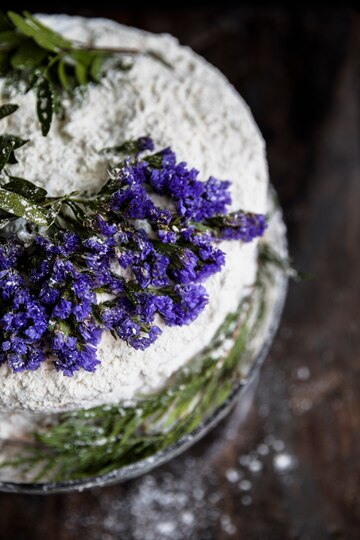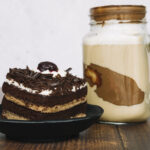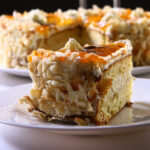Lavender cake is a delightful and unique dessert that showcases the delicate floral flavors of lavender. With its elegant aroma and subtle taste, a lavender cake can be a showstopper at any gathering or special occasion. If you want to create the best lavender cake, here are some tips to guide you:
- Use Culinary Lavender: Ensure you use culinary lavender specifically meant for consumption. This type of lavender is free from chemicals and safe for baking. You can find culinary lavender at specialty food stores or online. Avoid using lavender from the garden or floral shops, as it may not be suitable for culinary purposes.
- Balance the Lavender Flavor: Lavender has a strong flavor, so it’s important to strike the right balance. Use a moderate amount of lavender in your recipe to avoid overwhelming the taste buds. A good starting point is about one to two tablespoons of dried culinary lavender for a standard cake recipe. You can always adjust the amount based on personal preference.
- Infuse the Lavender: To extract the lavender flavor, infuse it into the liquid components of your recipe. Heat the milk or cream in a saucepan until it’s just about to boil, then remove it from the heat. Add the dried culinary lavender and let it steep for about 15-20 minutes. Strain the liquid to remove the lavender buds, and you’ll be left with a subtly flavored lavender-infused liquid.
- Use Lavender Sugar: Enhance the lavender flavor by using lavender-infused sugar. Place a few tablespoons of dried culinary lavender in a jar with granulated sugar, seal it tightly, and let it sit for at least a week to infuse. This lavender sugar can then be used in your cake recipe to add an extra layer of lavender aroma and flavor.
- Fine Ground Lavender: Grind the dried culinary lavender into a fine powder using a spice grinder or mortar and pestle. This will help distribute the lavender evenly throughout the cake batter and prevent any large lavender pieces that may affect the texture of the cake.
- Pair with Complementary Flavors: Lavender pairs well with other complementary flavors. Consider combining it with lemon, vanilla, or almond flavors to create a harmonious blend. Lemon zest, vanilla extract, or almond extract can be added to the cake batter to enhance the overall taste profile.
- Don’t Overmix the Batter: When incorporating the dry ingredients into the wet ingredients, avoid overmixing the batter. Overmixing can lead to a dense and tough cake. Mix just until the ingredients are combined to maintain a light and tender crumb.
- Decorate with Lavender Garnish: Sprinkle a few dried lavender buds on top of the frosted cake as a beautiful garnish. This adds a touch of elegance and reinforces the lavender theme.
- Be Mindful of Color: Lavender cake can have a naturally pale hue, but if you want a more vibrant color, consider using a small amount of food coloring. Gel or powder food coloring is recommended as it provides a more intense color without affecting the texture of the cake.
- Taste and Adjust: Taste the batter before baking to ensure the lavender flavor is to your liking. If you prefer a stronger lavender taste, you can always add a little more lavender-infused liquid or finely ground lavender.
By following these tips, you’ll be able to create a delicious lavender cake that showcases the beautiful flavors and aromas of lavender. Enjoy the delightful floral notes and share the joy of this unique cake with your loved ones.








